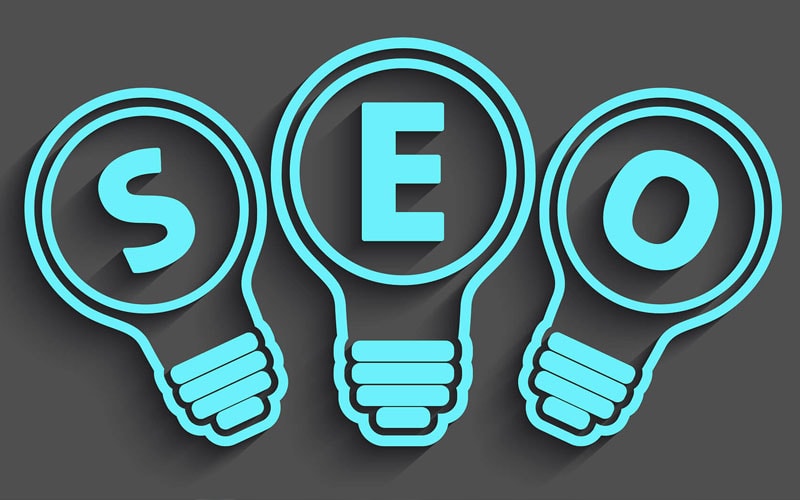
You know that Search Engine Optimization (SEO) is crucial to help your website get a high ranking in search engines. To improve your brand’s SEO, you need to know the different types of SEO to work with.
This detailed guide will show you the types of SEO to focus on and the importance of SEO as well.
If you follow the steps in this guide, you’ll have no problem with increasing your brand awareness.
Let’s start with content SEO:
Content SEO
This is the SEO that you’re probably most familiar with — and perhaps most intimidated by!
You likely produced lots of content for your brand. But no matter how well-written your blog posts are or how engaging your YouTube videos are, without SEO tactics, they won’t reach their intended audience.
When you write your blog posts, you must conduct keyword research. This is a process by which you research the trending keywords in your niche.
Let’s say you’re writing an article about investing in Bitcoin. Let’s suppose one of the highest-ranking keywords in this niche is “why Bitcoin?”
You want to include “why Bitcoin?” a few times in your text. Don’t overstuff it, but make sure you use the keyword to improve your SEO. This same method can get used for YouTube video descriptions, titles, website copy, and even social media captions.
You’ll also have to update your content SEO every few months.
Off-Page SEO
Off-Page SEO is the “word of mouth” approach for the internet. You have to find a way to get others to promote your website.
One way to do this is through link building. With this approach, other brands will link to your brand through their content. The sky’s the limit with this approach and here are some ways to build links:
- Write posts for other blogs and put a link to your website in your bio
- Request blogs to publish guest posts that provide a link to your website
- Offer sponsorships to content creators
- Podcasters, video creators, etc., can mention your brand and website in their content
- Publish an eBook that provides a link to your website
This is one of the easiest ways to improve your brand’s SEO. However, this is one of the most time-consuming options. As a result, you have to be patient and work to build long-term relationships with other content creators.
On-Page SEO
With this approach, you’ll focus on making each page of your website more SEO-friendly.
The first step is to optimize your page’s title. For example, let’s say you’re selling a fitness eBook. You don’t want a title that looks something like:
Buy Our Fitness eBook
This is not only weak writing but will get blacklisted by search engines. You can probably expect to find such a page at the bottom of page 198 of the search engine results pages!
Instead, you want to explicitly give clues on what the page offers. For a sales page for a fitness eBook, consider this:
Build Muscle, Burn Fat, and Improve Your Physique in 90 Days
Not only is this text more catchy, but it also does a better job at telling search engines what to expect from such a page.
You want to use this same strategy for your H1 Tag, Headings, and Alt-Text for images.
eCommerce SEO
Let’s continue with the sales page example. If you sell products/services on your website, you want to optimize your SEO to increase awareness of what you’re offering.
Make sure your product descriptions are succinct and utilize keyword research. You want to include several images of your product.
If you can include a video tutorial or demonstration this adds to your SEO. You can also add a video testimonial if you’re selling a service rather than a product.
These products and services should also get shared across your social media profiles. Consider adding a “Share This” widget on each product/service page so others can share alike.
Local SEO
This is crucial whether you run a physical or digital business. You want customers to identify your brand with a particular location. You also want internet users to know how to contact your business.
You must create a business profile on your favorite search engines. For Google, you can create an account on Google My Business. You’ll enter the following details for your business:
- Brand Name
- Company’s Legal Name (if different from above)
- Business Address
- Email and Phone Number
- Website
This gives your website a professional look. It shows that users aren’t just dealing with a website, but an actual company. Even if your business is virtual, putting a legal business address gives you a greater authority in your niche.
Mobile SEO
Are you reading this article on your desktop, laptop, or mobile device?
Regardless of your personal preference, the jury’s out and mobile devices lead internet traffic. You have to ensure that your website gets optimized for mobile devices.
In fact, you should pause right now and access your website on your smartphone. If it’s easy to view then you’re all set. If not, then you want to speak to your web developer on how to improve the mobile design.
Many prominent website builders today are able to optimize websites for both desktop and mobile devices.
If you need help with any of these types of SEO, check out SEOJet for more info.
Try These Types of SEO
Now you know the different types of SEO and the importance of SEO for various aspects of your brand.
Make sure you focus on keyword research to improve your content SEO. You want to also work on link building for your Off-Page SEO. You’ll also need to ensure your website gets optimized for mobile devices.
The other types of SEO are all crucial for increasing your brand awareness on the internet. They’ll help establish your brand as an authority in your niche.
If you need help with any of these types of SEO make sure you hire professional SEO services.
You can find more marketing tips on our blog.







